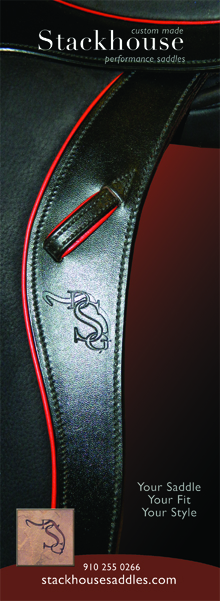Search the Site
Brianna's Blog Post # 3
Thoughtful Hands Create Thankful Horses
How many times have you heard someone say “think before you speak”. Good advice right! Well if you're like me you have forgotten this advice from time to time. Making the mistake of saying something you didn't mean to say or saying something you simply wish you hadn't said. As humans, we tend to let our mouths move faster than our minds. We also tend to let our hands move faster than our minds.
Just as our words help or hinder our communication between people, our hands help and or hinder our communication to our horse. Of course we should be using our seat and our legs to communicate to our beasts but our hands are directly connected to the horses sensitive mouth. When we make slight variations with our hands or the weight of our hands, the horse immediately feels the change. Then when we make a mistake or are unbalanced with our hands we misconstrue what we want from the horse. In turn when our hands move too quickly we tend to make a lot of mistakes. A quick movement often shocks the horse out of his rhythm. It can also create a heavy horse that becomes accustomed to the erratic motion. Horses can begin to tune out their rider if the conversations never make since. Other horses may become overwhelmed by the overload of questions.This type of horse becomes nervous and is unable to think, let alone work fluidly. Our intent to ask them to turn becomes screaming at them. The more quickly we move, the more quickly the horse assumes he should move. In our work we want to achieve a soft, fluid, and forward pace and to continue this rhythm we have to make our “words” as soft and fluid as we wish the horse to be.
This is when we need to think before we “speak” to our horse. Preparation is key to a great transition! Whether the transition is up or down or just changing directions, we have to think about what we are trying to accomplish, the amount of weight we will need in our hands, and the smoothness of our movement when we do make the decision to make a transition. When you begin to make the transition, slowly start adding pressure or weight to the rein. This allows the horse to maintain his rhythm and listen to your instruction without feeling like he has made a mistake. The more fluid and less choppy hand, creates a clearer and more effective communication. The more thoughtful our hands are the more thankful our horses can be!






